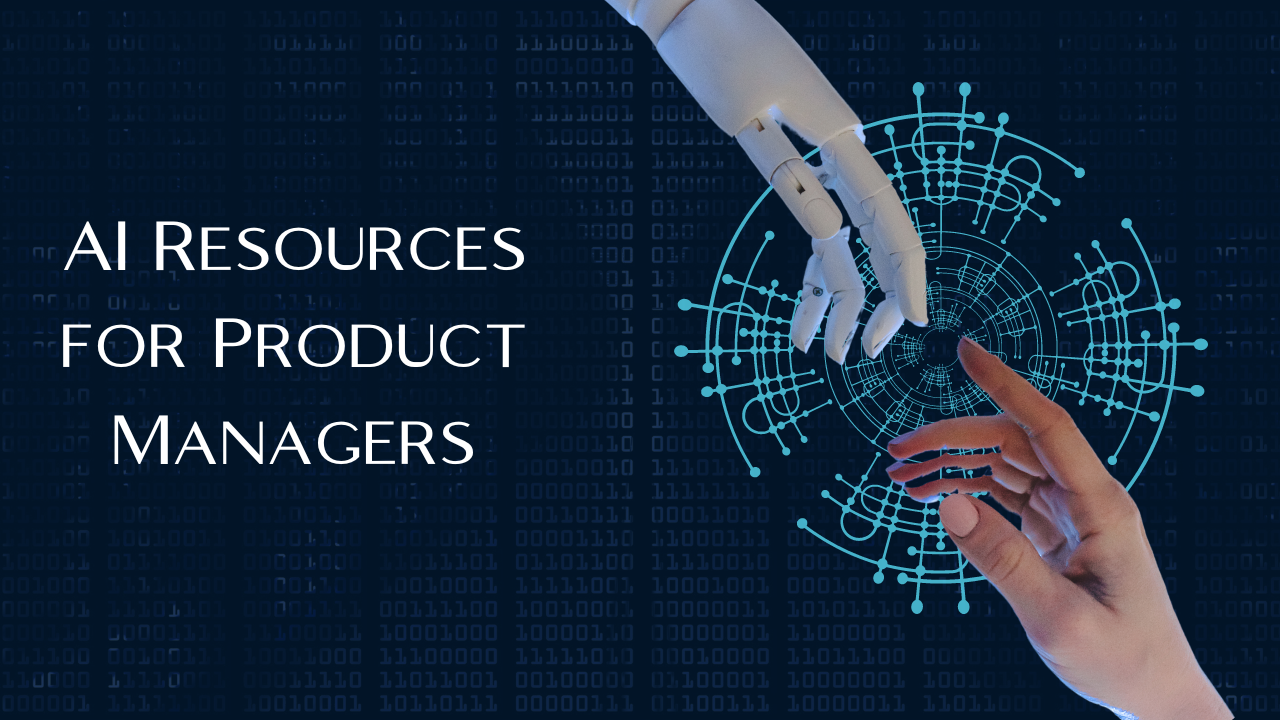Free AI Resources for Product Managers
This article empowers product managers with key AI concepts, free resources, and real-world examples to build innovative, user-friendly products.

Product managers today face a dynamic landscape where artificial intelligence (AI) is rapidly transforming the way products are designed, developed, and launched. Understanding the fundamentals of AI and its potential applications is no longer a luxury, but a necessity for success. This blog post equips product managers with the knowledge and resources they need to leverage the power of AI, while highlighting free tools and learning materials to kickstart their AI journey.
In the NextLeap Product Manager Fellowship, we have a specific module on Machine Learning Foundations and Generative AI to train aspiring product managers on the necessary AI skills.
Key AI Concepts for Product Managers
- Machine Learning (ML): This core AI technology allows machines to learn and improve from data without explicit programming. Product managers can leverage ML to:
- Personalize user experiences: Recommend products, content, or features tailored to individual user preferences and behavior.
- Automate repetitive tasks: Free up time for higher-level strategic thinking by automating tasks like data analysis and content generation.
- Identify user trends and patterns: Gain insights from user data to inform product development decisions and optimize product features.
ML applications: E-commerce platforms like Amazon use ML algorithms to recommend products based on your past purchases, browsing history, and user reviews, personalizing the shopping experience and increasing the likelihood of users making a purchase.
Free Resources:
- Google's Machine Learning Crash Course
- Fast.ai Offers free online courses and a supportive community
- Kaggle Learn Provides interactive tutorials and datasets for practicing ML skills
- Natural Language Processing (NLP): This branch of AI focuses on enabling computers to understand and manipulate human language. Product managers can use NLP to:
- Improve search functionalities: Develop more intuitive and efficient search experiences for users.
- Analyze user feedback: Extract valuable insights from user reviews, emails, and social media conversations.
- Develop chatbots and virtual assistants: Offer 24/7 customer support and improve user engagement.
NLP applications: Many companies, like Apple with Siri and Microsoft with Cortana, utilize NLP to power chatbots and virtual assistants. These AI-powered features answer user questions, provide customer support, and even complete simple tasks, enhancing user convenience and engagement.
Free Resources:
- Stanford NLP Group Provides access to research papers, tutorials, and datasets
- Hugging Face Transformers Offers a library of pre-trained NLP models for various tasks
- OpenAI API Provides access to powerful NLP capabilities through a free tier
- Computer Vision (CV): This field of AI enables machines to extract meaningful information from images and videos. Product managers can leverage CV to:
- Enhance image and video quality: Automatically optimize image resolution, remove noise, and improve clarity.
- Automate image and video tagging: Categorize and organize images and videos based on content, improving search and discoverability.
- Develop image-based features: Implement features like facial recognition, object detection, and augmented reality experiences.
Computer Vision applications: Mobile apps like Prisma and apps like InShot use AI for one-click photo filters and video editing features. These tools allow users to enhance photos and videos with creative effects and professional-looking edits without extensive expertise.
Free Resources:
- OpenCV Offers an open-source library for computer vision tasks
- Teachable Machine A user-friendly platform for building basic image classification models
- Papers with Code - Computer Vision Provides access to research papers, code, and datasets for CV
- Large Language Models (LLMs): These are advanced AI models trained on massive amounts of text data, allowing them to generate human-quality text, translate languages, write different kinds of creative content, and answer your questions in an informative way. Product managers can leverage LLMs to:
- Personalize marketing copywriting: Generate targeted marketing messages and product descriptions based on user preferences and demographics.
- Automate content creation: Create summaries of product features, FAQs, or blog posts, freeing up time for higher-level tasks.
- Improve user experience writing: Develop more user-friendly and engaging language for product interfaces, error messages, and documentation.
LLM applications: Companies can leverage LLMs to personalize marketing messages and product descriptions, tailoring them to specific customer segments and increasing campaign effectiveness. For instance, an e-commerce platform might use LLMs to generate personalized product recommendations on its website based on a user's browsing history and past purchases.
Free Resources:
- Hugging Face Transformers Offers a library of pre-trained LLM models for various tasks
- Google AI Blog Provides insights into the latest research and development in LLMs from Google AI
- The AI Blog A Q&A forum for discussing all things AI, including LLMs
- Generative AI: This subfield of AI focuses on creating new content, such as text, images, or code. Product managers can leverage generative AI to:
- Generate creative ideas: Use AI to brainstorm new product features, marketing campaigns, or user interface designs.
- Personalize user experiences: Generate personalized product recommendations, content, or visual experiences for each user.
- Automate repetitive tasks: Automate tasks like image editing, video creation, or data generation.
Generative AI applications: Streaming services like Netflix and Spotify use LLMs to analyze user preferences and listening history, generating personalized recommendations for movies, music, and other content. Additionally, generative AI can be used to explore and brainstorm new product design ideas, allowing product managers to visualize and test different functionalities and aesthetics before committing to development.
Free Resources:
- OpenAI Playground Provides access to various OpenAI tools, including generative models for text and code
- GitHub - Generative Models Explore open-source code repositories for various generative AI projects
Remember..
- Start by identifying specific areas where AI can be beneficial to your product and prioritize learning resources accordingly.
- Leverage the available free resources to gain a foundational understanding of AI concepts before diving deeper into specific applications.
- Explore different tools and experiment with their capabilities to find the most suitable solutions for your product needs.
- Stay updated on the evolving landscape of AI by following relevant blogs, communities, and publications.
By embracing AI and equipping themselves with the necessary knowledge and resources, product managers can unlock the potential to create innovative, user-centric, and future-proof products.



